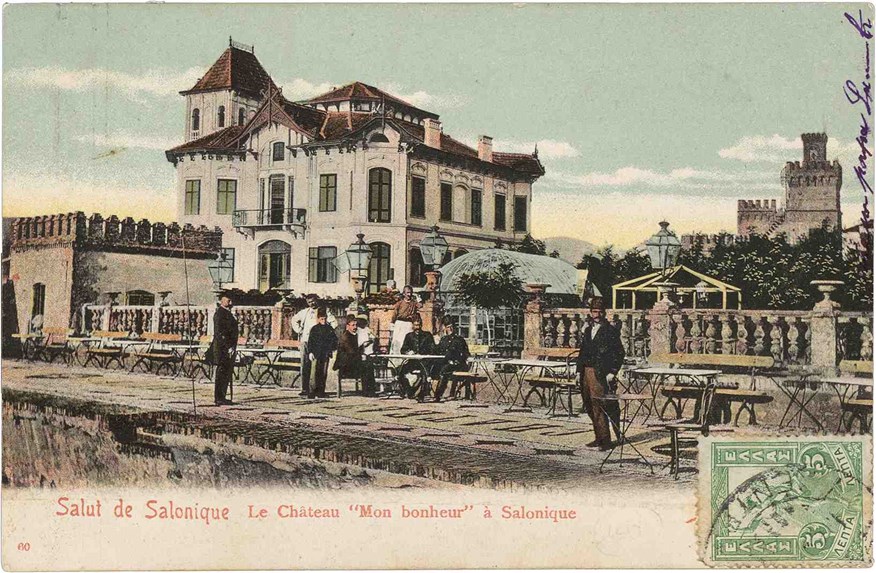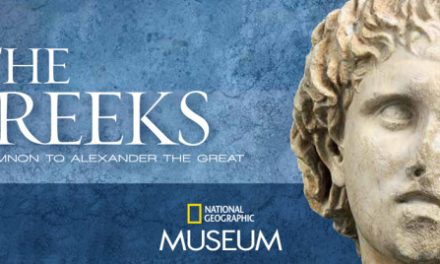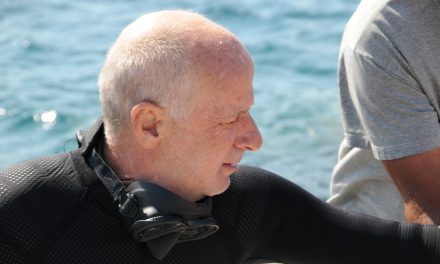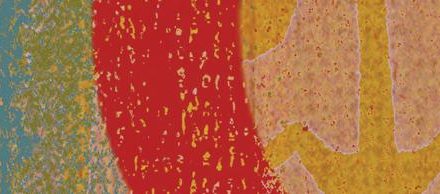“The Tenants” is an exhibition organized by the National Bank of Greece Cultural Foundation or MIET (as it is widely known in Greece) to celebrate 30 years of Villa Kapandji’s continuous operation as one of Thessaloniki’s top cultural venues. The show (running through November 17, 2019) tells the story of the villa – from its erection in the early 1890s as theresidence for the family of a prominent Donmeh banker, Mehmet Kapandji to its current use as an arts venue – while illustrating how each chapter of the building’s life also represented a chapter in the history of the northern port city.
Thessaloniki has performed admirably as a city on the crossroads of history, representing a thriving and largely harmonious multiethnic society. The Greeks and Ottomans were joined by a large settlement of Sephardic Jews at the end of the 15th century, who would form one of the largest Jewish communities in southern Europe. Within this context, Villa Kapandji – a magnificent, neo-Gothic-inspired mansion designed by Piero Arrigoni – is among the best examples of Thessaloniki’s sacred and secular architectural heritage, representative of the city’s history, social diversity, and noted architects.
More specifically, the exhibition “The Tenants” presents a brief overview of the context within which the Exohes district of Thessaloniki was developed, beginning with the demolition of the sea wall from 1870 onwards and the extension of the city to the east; the construction of glorious mansions; the installation of horse-drawn tramsand sea transportation to the city center; the Church of the Ascension and the neighboring Chateau Mon Bonheur villa.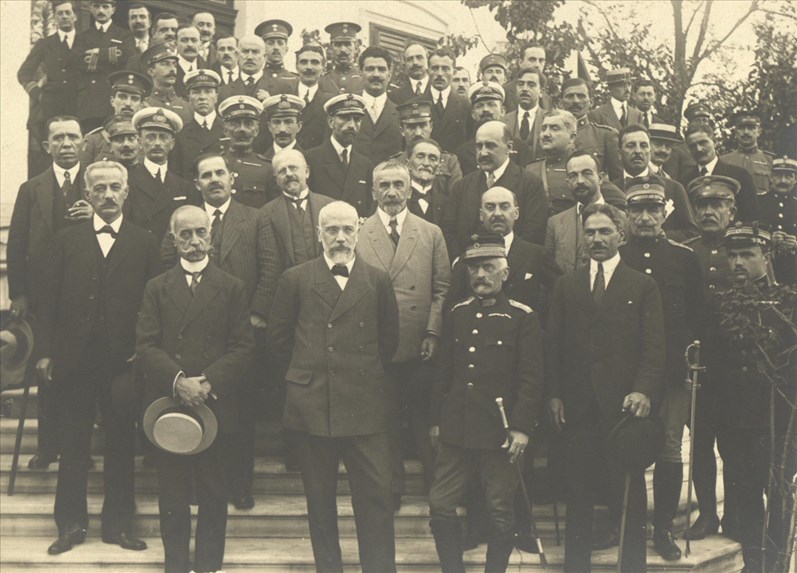
The first part is devoted to the story of the Dönmes -followers of rabbi Sabatai Zevi, who were converted from Judaism to Islam in 1666 and constituted one of the modernizing components of Thessaloniki in the 19th century. Special mention is made tothe complex genealogy of the Kapandji family, with five girls and three boys who, at the turn of the 20th century, were of the richest and most active residents in the city. The story of the villa per se is also told: its architecture, the changes of its use, the decade of abandonment (1972-82) as well as its latest restoration in 1982-89 by the Cultural Foundation of the National Bank of Greece, which has spared no trouble or expense restoring it to its original splendor.
The second part includes the history of notable figures who have resided in the building: from Prince Nicholas, military commander of Thessaloniki in 1912-13, and the signing of the Greek-Serbian alliance treaty, until the sojourn of Venizelos, Kountouritis and Danglis, the Triumvirate of the Provisional Government of 1916-17, among others. Finally, the building’s exchange of property under the Treaty of Lausanne, its purchase by the National Bank of Greece in 1928 and its leasing to the Greek State, for the accommodation of the Fifth Boys’ High School.
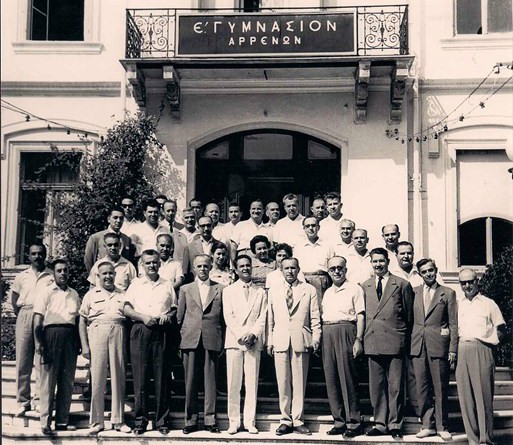 Lastly, the third part presents the current use of the villa after its restoration: at first, as the Cultural Centre of the National Bank in Northern Greece and later –after its concession to the Cultural Foundation– as the Thessaloniki Centre of MIET. Selected exhibitions from its 30 years of operation (historical, documentary exhibitions, shows of painting, sculpture and photography, as well as modern media), events, book presentations, guided tours and lectures are summarized by closing the recent history of the building.
Lastly, the third part presents the current use of the villa after its restoration: at first, as the Cultural Centre of the National Bank in Northern Greece and later –after its concession to the Cultural Foundation– as the Thessaloniki Centre of MIET. Selected exhibitions from its 30 years of operation (historical, documentary exhibitions, shows of painting, sculpture and photography, as well as modern media), events, book presentations, guided tours and lectures are summarized by closing the recent history of the building.
Concurrently with the exhibition “The Tenants”, another exhibition,“The Safe”. A glimpse into the past, a family comes to life”, is showcased on the second floor of Villa Kapandji. This exhibition presents a story of mystery and intrigue, with the focus on the contents of a safe which remained locked and forgotten for nearly a century in a storage place of an old estate on the island of Syros.
(Photos © MIET)
Read also via Greek News Agenda: Thomas Korovinis: “My Thessaloniki”
E.S.

